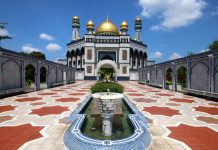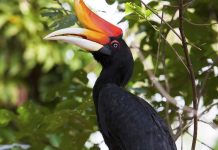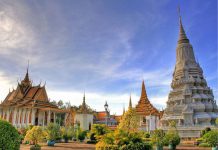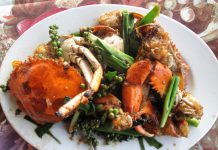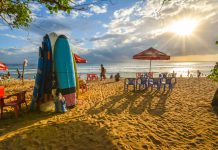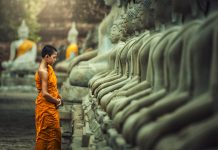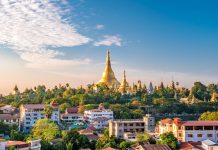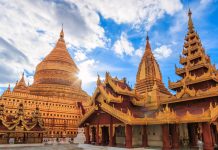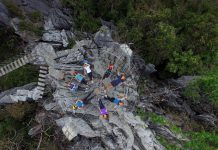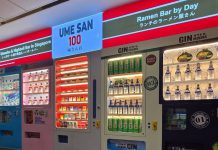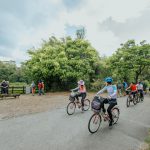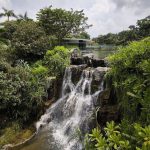More than just structures across bodies of water, bridges are also engineering marvels as well as witnesses of the ways of life and history of societies in a town, city or country.
These five heritage bridges – Anderson, Cavenagh, Elgin, Ord and Read – over the Singapore River were the lifeblood of transportation, trade and social interaction during the early years of Singapore.
They were originally built to connect the Singapore River’s south bank where cargo were unloaded from ships with the north bank where government offices were located.
The bridges were given conservation status on 3 December 2009, while Cavenagh, Anderson and Elgin Bridges were collectively gazetted as Singapore’s 73rd national monument on 15 October 2019.
Explore these five well-trodden historic bridges to get interesting snapshots of Singapore’s past.
Anderson Bridge
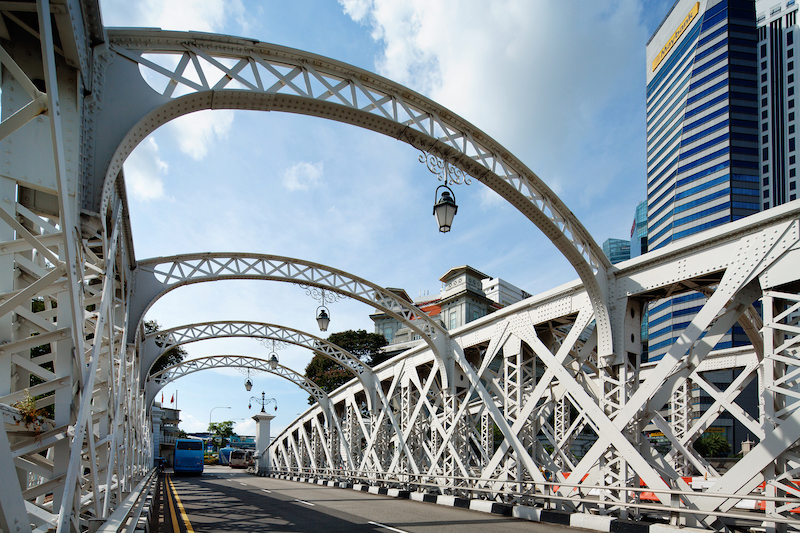
Completed in: 1909
Named after: Sir John Anderson, Governor of the Straits Settlements and High Commissioner for the Federated Malay States from 1904-1911
Unique features: The steel truss girder bridge has diagonal structural members on its sides, and features intricate cast iron lattice work, rusticated granite pedestrian archways and fluted piers.
Did you know: The names of those who had contributed significantly towards the construction of the bridge – Singapore’s first steel bridge – have been inscribed on a stone imported from Aswan, Egypt. The stone is fixed at the end of the central girder which faces Victoria Memorial Hall. During World War II, Japanese soldiers hung the severed heads of criminals and spies from three of the bridge’s arches as a warning against defiance.
Cavenagh Bridge

Completed in: 1869
Named after: Sir Lieutenant General William Orfeur Cavenagh, the last Governor of the Straits Settlements (1859-1867) under British India control
Unique features: Built in Glasgow, Scotland, and assembled by Indian convicts in Singapore
Did you know: It is a footbridge, Singapore’s oldest bridge and one of the region’s first suspension bridges. It is also unofficially known as the “love bridge” as it is a popular spot for proposals and wedding shoots.
Elgin Bridge

Completed in: 1929
Named after: Lord James Bruce Elgin, Governor-General of India (1862-1863), eighth Earl of Elgin
Unique features: Supported by three arches with slender hanging columns carrying the deck, it has steel frames encased in concrete
Did you know: Connecting North Bridge and South Bridge roads, it has old cast iron lamps and roundels of Singapura lion cast designed by Italian sculptor Rudolfo Nolli from a previous iron bridge built in its place in the 1800s
Ord Bridge

Completed in: 1886
Named after: Major General Sir Harry St. George Ord, first governor of the Straits Settlements appointed by the Colonial office in London
Unique features: Simple in form but has ornamental balustrades and girders
Did you know: It is the second oldest existing bridge across the Singapore River. This footbridge is also known as Ordnance Bridge or Toddy Bridge because of its proximity to ordnance stores and liquor shops.
Read Bridge

Completed in: 1889
Named after: Scottish businessman, political and social activist William Henry Read
Unique features: A plain concrete bridge with little decorative ornamentation
Did you know: Built to replace Merchant Bridge, it is now pedestrianised and is a popular gathering spot for clubbers at night. Back in the day, it was a popular night hangout for labourers and tongkang (bumboat) rowers to listen to Teochew storytellers who would set up shop with a soapbox, kerosene-filled lamp and wooden stool.


